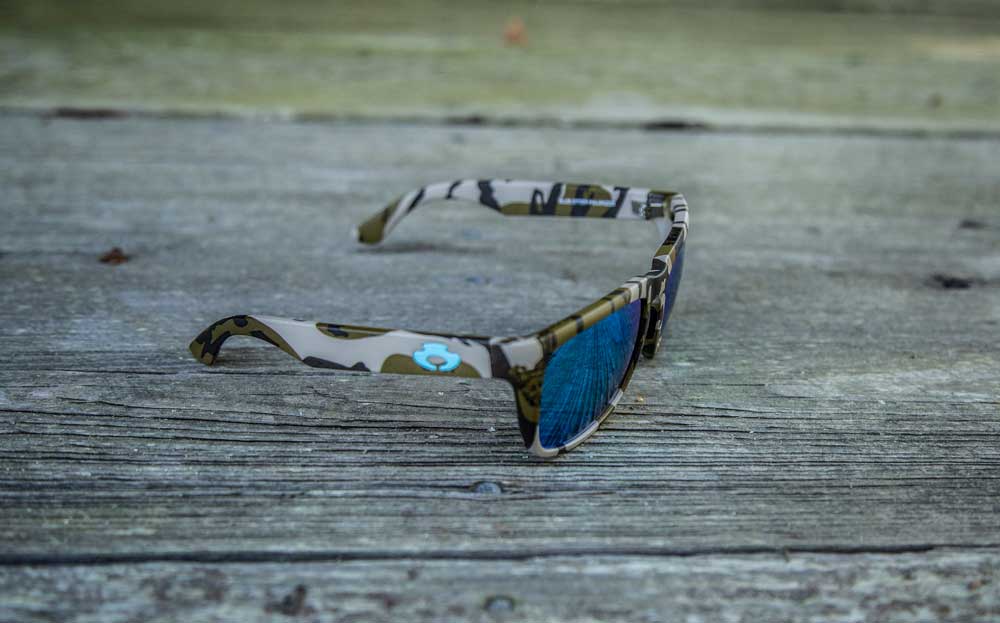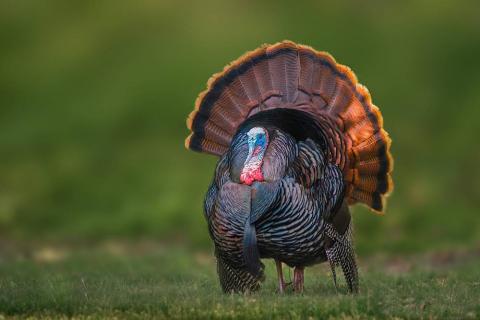Brodie Swisher
Search far and wide, and you’re not likely to find a summertime activity that’ll provide all your favorite outdoor activities in one package. That is, unless you give bowfishing a try. Bowfishing is a collaboration of all the best things in life. Fishing, hunting, archery, boating – and sometimes, swimming. It’s all in there. And I promise, shot for shot, it’s about as much fun as you can have with a bow in hand.
I made my first trip to the lake in search of rough fish with a friend decades ago. My buddy had an old-school compound bow and a handful of aluminum arrows with rusty broadheads. I had a pitch fork. Despite going about it the wrong way, we shot and speared fish all afternoon on what continues to be the single greatest day of shallow water bowfishing we’ve yet to see.
Since that time, there’s been a boom in the bowfishing industry. We now have bows built specifically for shooting fish, super slick reels, and arrows that are tougher than ever. The game has indeed changed.
So, if you’re looking to get started in bowfishing, or simply want to upgrade your gear, here’s a look at some of the best in bowfishing gear to get you in the game.

The Ultimate Guide: How to Start Bowfishing
The Bow
One of my first bows rigged out for bowfishing was a pawn shop recurve. It was cheap, light, and shot fast and smooth. It was, and still is, a great option for bowfishing. Back in those days, the pawn shop was your best bet for finding a “bowfishing” bow. And that’s not a bad option today if you want to jump in the game quick and cheap. You’ll just need to pay careful attention, and check for any damages a pawn shop bow could have.
But as mentioned above, there’s a number of manufacturers now offering bows built specifically for bowfishing. These bows offer features like stainless steel components for corrosion-free use, and no specific draw length, so you can snap shoot at darting fish. These bows typically offer a lot of performance and efficiency in a bow at a lighter poundage – 30-50 pounds.
So whether you’re hitting up the local pawn shop for an old beater bow ($75-150), or buying one of the high-end options on the market ($500-$700), be sure the bow is up for the task and can handle the abuse dished out while bowfishing. It’ll encounter everything from mud, sand, water, and be bounced around in the bottom of the boat. You certainly don’t want to use your favorite deer hunting bow for this endeavor.
Some of the best options on the market for bowfishing include the Oneida Osprey, PSE Mudd Dawg, Cajun Sucker Punch, AMS Hooligan V2, and Mission Hammr.
The Reel

While most any decent bow will get you started bowfishing, you really want to pay attention to the reel you mount to your bow. Don’t skimp here. Buy the best reel you can afford in order to save on endless frustration and headaches that come with an inferior reel. Reels come in 2 styles – spinner style reels and bottle reels. There’s also a few hybrid reels out there, but for the most part, they resemble a beefed up bottle reel.
Both reels have their pros and cons. Spinners seem to allow the arrow to fly smooth, fast, and quiet. The spinner also allows for fast retrieval of your arrow, as well as the ability to fight and retrieve fish with your bow. The biggest downside is that you have to remember to press the button before the shot. Otherwise, your arrow pops off the arrow rest when you draw to shoot.
The bottle is a popular choice because of its fool-proof design. There are no buttons to press before the shot. You simple draw and shoot. The line flows freely from the bottle when the arrow is released. However, retrieving arrows with the bottle isn’t as quick and easy. You’ll typically have to hand-retrieve your line when you connect on a fish with the bottle reel.
Both reels work great. It’s simply a matter of preference here.
Some of the best options on the market include the Muzzy XD Pro B, AMS Retriever Pro, Cajun Spin Master, and Cajun Winch Pro.
The Arrow

Bowfishing arrows are typically made of fiberglass, although carbon designs built for bowfishing have gained in popularity in recent years, despite their added cost. The shaft selection is of lesser importance than the point you have out front. There are a number of options here, from 2-barb to 3-barb, and plenty of variations and styles between the two.
Look for a fish point with a strong tip, good penetration, great fish-holding ability, and easy removal after you’ve made the retrieve.
The Arrow Rest
There are a variety of bowfishing arrow rests on the market these days. The key is to keep it simple here. If it looks big, bulky, and overly engineered, it’s probably best to keep looking for something else. You want a rest that’s sleek and simple.
Full containment rests are nice to keep your arrow where you want it until you’re ready for the shot. Just make sure your string or arrow slide can fly freely from the rest. Trough-style rests have their charm as well. They are fast, fool-proof, and easily the most accurate option out there, simply because the arrow is essentially sitting right on the bow shelf.
Polarized Sunglasses
One of the most overlooked pieces of gear for bowfishing is a quality pair of polarized sunglasses when going after fish during daylight hours. The glare on the water will pretty much blind you from what lies below the surface. You wouldn’t think it’s that big a deal, but it can truly make or break your bowfishing experience. Without these glasses, you just can’t see the fish like you need to for making the shot. I’ve made it a practice to keep extra polarized glasses in the boat for anyone that shows up without them (my kids and newbies).
Bowfishing is hard to beat when it comes to a summertime pursuit that’ll help you scratch the off-season itch. Just make sure you have the proper gear to help tip the odds for success in your favor. The items mentioned above are the basics to help get you started. Once you try bowfishing for yourself, you’ll no doubt be addicted. At that point, you’ll find the list of best bowfishing gear continues to grow with each passing season.





























